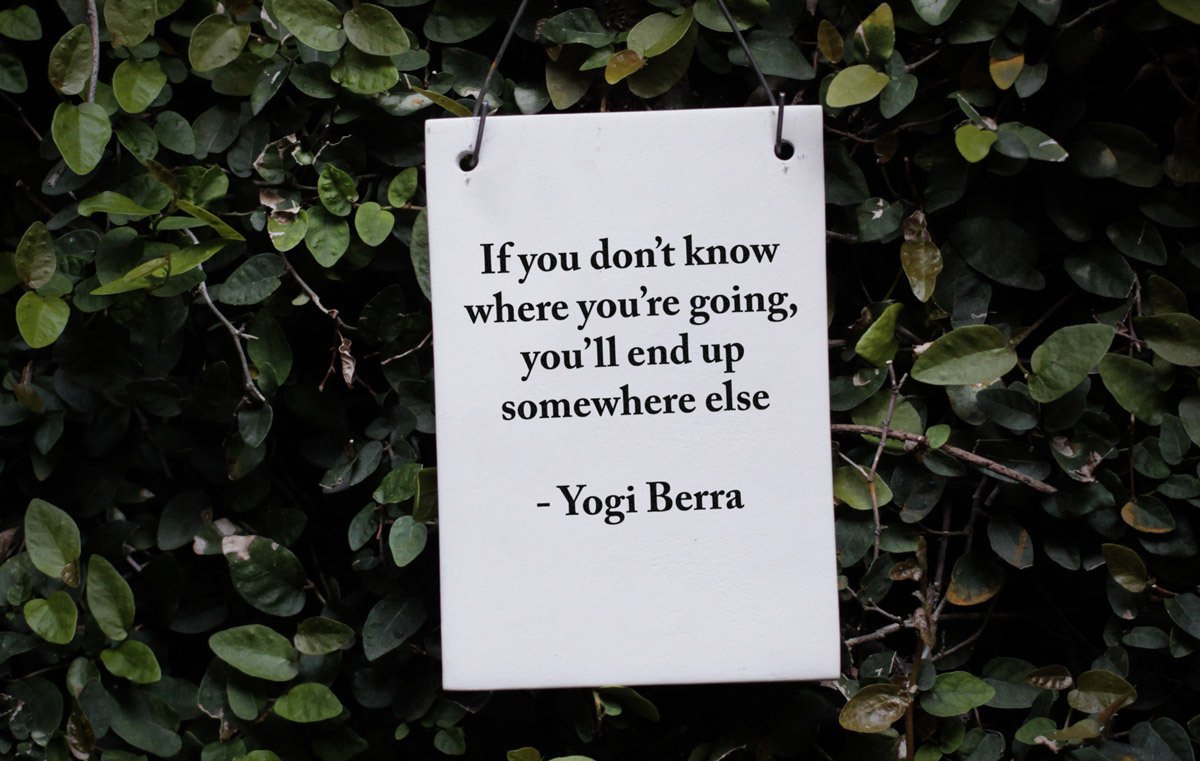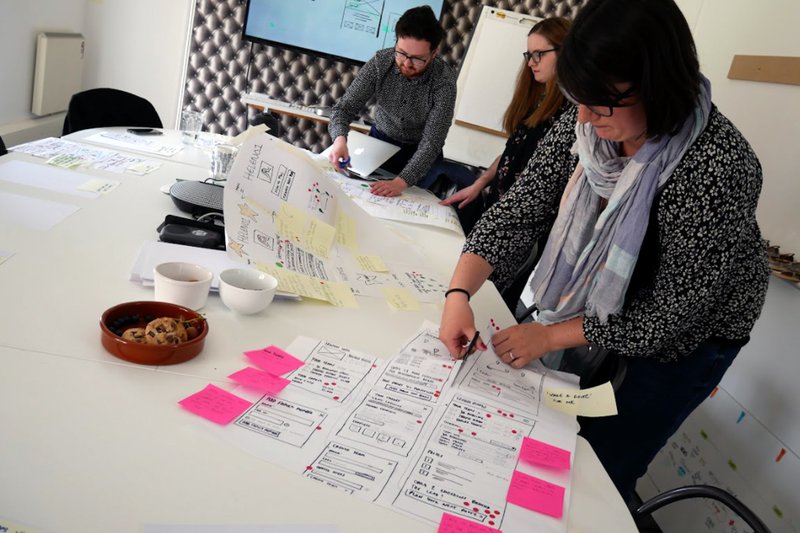Six considerations in the journey of transformation
There’s been a lot of talk about digital transformation for many years - aren’t we there yet I hear you cry? I’m inclined to agree!
At Torchbox we talk to a lot of fantastic organisations who have revolutionised their digital offering and how they operate to continue to thrive in our time of fast-paced tech and unforgiving users.
For others, the process has been more gradual or patchy; where long-standing views, structures, processes, and platforms are harder to shift.
Wherever you are on your journey and in a world of continuous enhancement, here are my magic six to start (or keep) moving, challenging, and evolving:
1. Go BIG

The importance of having A BIG, BOLD VISION can’t be overemphasised. Making it clear what success will look like, what it will feel like, and how you’re going to measure it. It will carry you all on the journey, giving focus, providing motivation and a guiding light.
Make defining your vision a collaborative process and share it widely and regularly within your organisation, possibly beyond. Remember this isn’t the time to get bogged down in the details of how you’ll reach it, that’s what your product strategy is for!
2. Then start small
True transformation will touch many platforms and processes, and extend across large parts of your organisation, encompassing products and services that underpin core revenue streams. No wonder the mere thought of it can send people into a panic!
Probably one of the biggest failings organisations make is to take an all or nothing approach; the tech is old, users are lost, and you want to replace the lot, while moving faster and more efficiently than ever before.
There’s nothing wrong with having this as your ultimate goal but choosing a lower-risk, smaller slice to get started on will enable you to begin experimenting sooner and prove the value of new ways of working and innovating.
Showing success through tangible outcomes of a smaller project in turn helps to build confidence with your stakeholders, gives a better understanding of what good looks like and you’ll soon find everyone wants to get involved. Oxfam adopted this approach by starting with their volunteer sign up process and ultimately transforming their digital estate to meet the needs of their supporters.
3. Question everything and experiment
It’s easy to fall into the trap of making false assumptions of what can change and what can’t. Don’t be afraid to question everything; map out your value chain and for each part ask yourself “could we do this differently, more efficiently”? From procurement to how you budget, idea generation to decision-making and development models, scrutinise everything.
Then take the opportunities you’ve identified and prioritise what you want to trial with the product or service you’ve chosen as your starting point; making sure you have a solid plan for how you’ll measure the impact of the changes you’re making.
This can feel intimidating, especially when long-established processes (and the people that are responsible for them) are involved and where you can particularly benefit from an external perspective. We can help!
4. Bring everyone on the journey
For transformation initiatives you’ll need to take people out of their comfort zone - to work, think and learn in new ways. It’s worth remembering this can also spark fear...of jobs becoming obsolete, of being exposed as outdated or in-expert. Scary stuff.
Bringing people on the journey with you takes leadership and sensitivity. Prioritise speaking to individuals one-to-one - from Senior Management to Customer Support - to understand their worries and motivations and create paths to participate that feel safe yet progressive. Techniques such as the “5 Whys” work well to get to the heart of any concerns quickly and methodically.
My favourite example in practice is getting SMEs involved in sketching during design sprints, who may well be far removed from the digital team and their day-to-day processes. It’s not uncommon for a Senior Manager to begin at a position of “I don’t really do this, I don’t think I can contribute” and to end up having a blast in the sketching session; proudly pinning their beloved idea to the wall hoping for the most votes!

5. Over communicate and get creative
Everyone is busy and runs the risk of forgetting the amazing stuff you’ve just shared by the time they’re in the thick of their next meeting. Make it part of your process to communicate often, in creative ways and to make your comms memorable.
Slide decks get dull. Even really good ones with a giphy that made everyone laugh, delivered by a charismatic speaker. Another hour on Zoom, anyone?
Having listened to your key people and really understood what they care about, think about how you’ll make their day with your next communication. It might be showing them a video of a user being wowed by your prototype. It might be bringing them along to hear an early adopter’s reaction first hand!
Or inviting them to your next sprint demo and blowing them away by having their latest piece of content loaded in your new CMS. Why not have your success metrics or latest prototype cycling on screen in the kitchen if you’re venturing back into the office?
6. Find equilibrium
Taking your organisation on a journey of change is hugely rewarding but can be exhausting. It will take time, many many conversations (which won’t always be easy) and you will hit bumps along the way, so make sure you take the time to celebrate successes, take some holiday, reflect on what you’ve achieved and remind yourself about why you’re excited about what’s next!
If you would like any help or advice to achieve any of the above, or just fancy having a chat, give me a shout.


